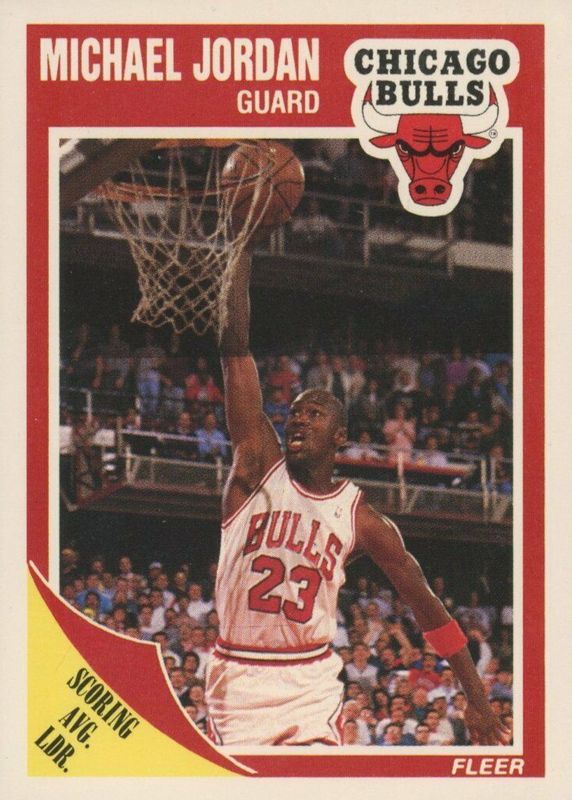In the fevered arena of sports card collecting, there’s always a flair for the dramatic. The 1986 Fleer Michael Jordan rookie card, for instance, is akin to the star quarterback everyone cheers for at the homecoming game. It’s the undisputed king, drawing eyeball-popping bids from those who clutch their wallets as symbols of status and nostalgia. But while everyone is mesmerized by the rookie, the 1989 Fleer #21 has been quietly slipping past like a seasoned underdog.
This card, with its understated charm, doesn’t demand attention with bold graphics or hype-inducing fanfare. Instead, it has quietly positioned itself as a steady performer with an uptick that has enticed discerning collectors recently. Back in 2021, pristine PSA 10s of this card sold for around $1,001. Fast forward to June 2025, and you’ll need about $1,200 to own one—a respectable 20% increase that whispers of stability. In the card collecting cosmos, where value often disappears quicker than a rabbit in a magic trick, such incremental gains aren’t just nice—they’re strategic victories.
For perspective on the market heft of this card, consider the registry with PSA, where around 1,240 PSA 10s and over 11,000 PSA 9s are noted. Those figures might initially appear abundant, but don’t be fooled; these numbers haven’t stifled demand. Real collectors have awakened to the idea that treasures need not come riddled with elusive price tags. It seems that many would prefer a Jordan card without remortgaging their abode.
Moreover, the trajectory of raw copies could make any savvy investor sit up. What could have been picked up leisurely for about six bucks in 2022 now demands twenty. That’s not a platinum-find price jump, it’s not even a competitive insert—it’s just the humble, overlooked base-era piece de résistance. A tripling in price is not an everyday occurrence and says something about how re-evaluated perspectives can shift market attitudes.
So why exactly is this humble card suddenly much more popular? The reasons are multifaceted, stemming from rising grading costs steering collectors towards already graded cards to simple nostalgia for the halcyon days of late ’80s hoops—back when short shorts were cool, and the Chicago Bulls were capturing their first wave of dynasty dominance. A hefty slice of the interested population is chasing emotional satisfaction, seeking to pocket an MJ card without committing financial hara-kiri.
No, the 1989 Fleer isn’t the glossy prima donna screaming for attention. It doesn’t feature Jordan making a poster-worthy, gravity-defying slam over Patrick Ewing, nor is it adorned with gold leaf or inscribed with a hologram. Instead, it depicts a portrait of MJ in his basketball ascendancy—his lingering moment before the world would universally recognize his GOAT status. Printed during the dawn of Bulls mania, this card represents a cerebral choice, appealing to collectors with an eye on value and a head for strategy.
Amidst the vast sea of options, if you’re in pursuit of an asset with real staying power, this card presents an alluring proposition. It’s a respite from rounds of hyper-valuation games and could provide more than just a novice thrill—it offers you a stake in sporting history.
Michael Jordan didn’t require a rookie credential to demonstrate his prowess on the court, and similarly, his 1989 Fleer doesn’t need the limelight to affirm its enduring worth in the trading card pantheon. So, if your intentions lean towards long-term gains with the side perk of jogging down memory lane while avoiding a financial avalanche, give this card a serious glance—because sometimes, the quiet one in the room ends up delivering the loudest success.
